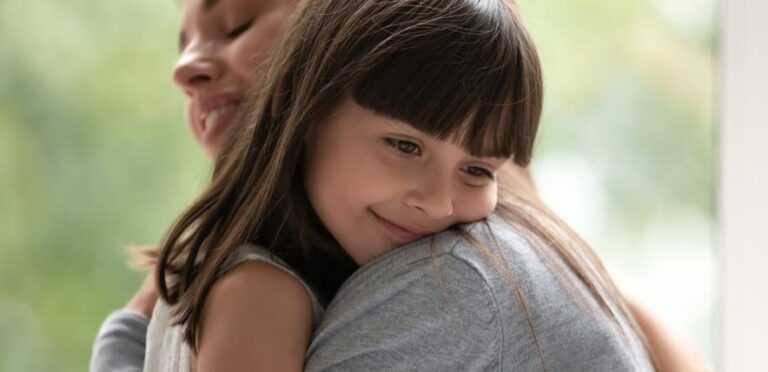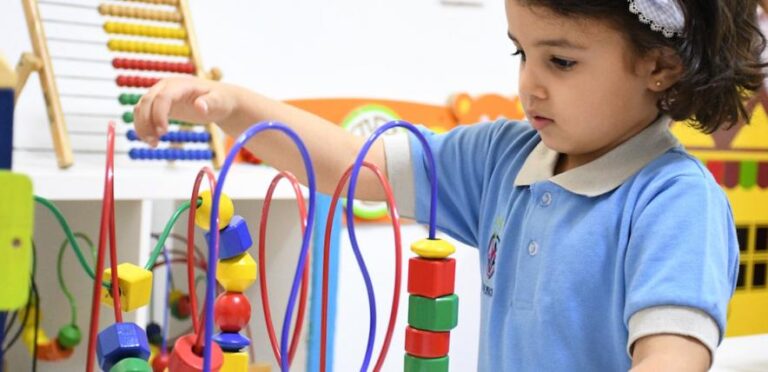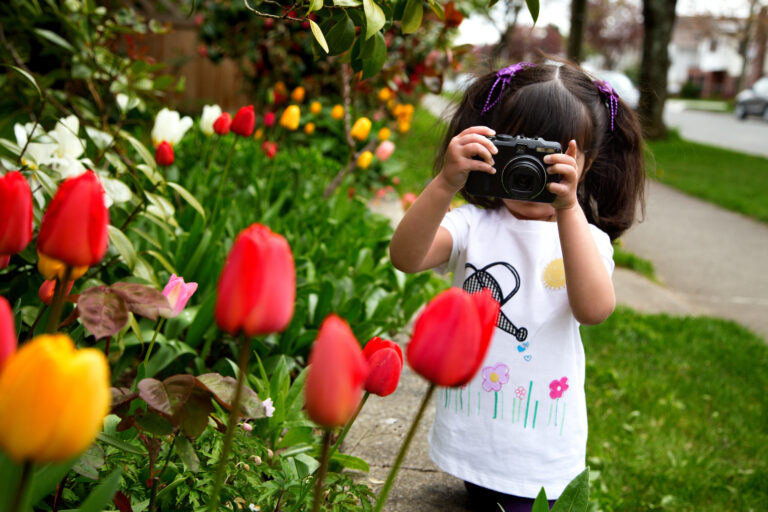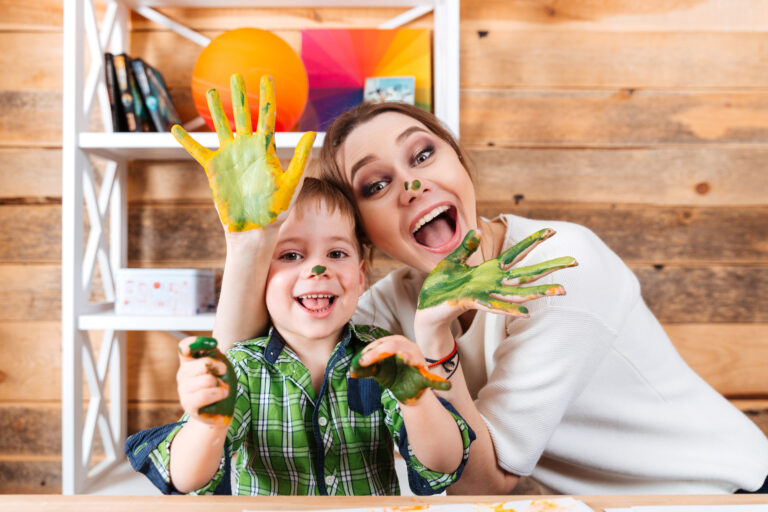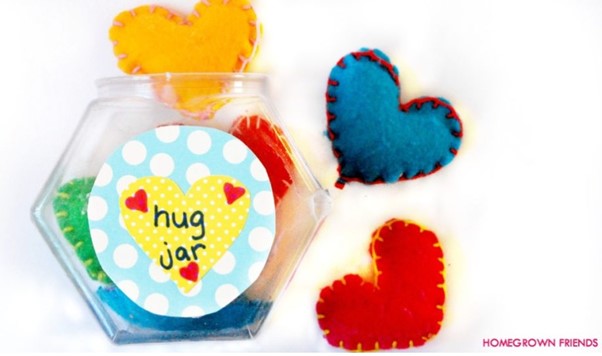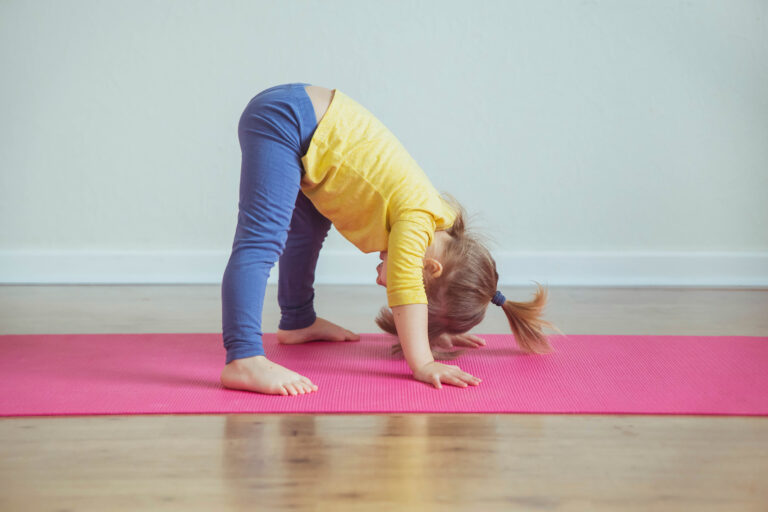This article was written by Rebecca Elsom, Early Years Development Officer at the Early Years Alliance.
Take a moment to think about an occasion when your child was feeling upset or angry about something – how did this present itself within their behaviour or actions? Perhaps they were shouting, screaming or crying. They might have thrown something, lashed out at someone or lay on the floor kicking their feet. It may even be that your child becomes withdrawn when they are feeling this way, and they took themselves off to a quiet corner.
Each of these responses may be considered by some as ‘expected’ of children within their early years, but the question is – how can we, as adults, help children to process how they are feeling and support them to feel calmer and less overwhelmed by their emotions?
What can we do to help?
As adults we can support through ‘co-regulation’ – a process in which we support children to understand how they are feeling and work through their emotions. We can name the feelings they are experiencing, “I can see you’re feeling angry…” or offer them support to calm down, “I am here if you need a cuddle…” or “let’s take some deep breaths together…” By doing these things, we are helping children to move towards being able to ‘self-regulate’ – when they are able to recognise the different ways that they might be feeling and know how to respond or behave.
Whilst children are in the midst of experiencing big emotions, the thinking part of their brain is unable to function as it should, and learning is not likely to happen successfully. Our job is to help them learn how to calm down and return to a state of balance, before trying to reason with them or explain to them why their behaviour perhaps was not acceptable or safe – if we try to do this when they are not calm, it’s possible they aren’t in a position to learn for future situations, or we might even heighten their emotions further.
It is important that children feel listened to and that their feelings are not being dismissed; they need to know that it is okay to feel all emotions, not just the good ones! We can do this by acknowledging and validating how they are feeling; “I can see you’re feeling sad because you want to play with that toy that your friend is playing with…” By naming emotions that we see, children will learn to recognise when they feel the same way in future situations.
You may start to notice patterns or triggers to when your child becomes upset, perhaps it’s when you tell them it’s time to go home when you are at the park. By recognising these patterns, you can begin to introduce transition warnings for your child; letting them know when something is going to change. You may say “5 more minutes playing at the park and then it’s time to go home”. Although your child may still feel upset initially about the change, by giving them some prior warning they will be better prepared for what is going to happen next, and this then becomes predictable for future situations.
Sometimes our instinctive response when our child is kicking and screaming is to increase the volume of our voice to match the level of the child – this often only heightens the situation and doesn’t offer the child an appropriate method to mirror and copy. No-one is saying it’s easy to always respond positively and remain calm when your child is upset or distressed, as this can sometimes be a trigger for us as adults, however when we are emotionally charged, we are then not in the best place to support a child to become calm. You may in fact, need to take a moment to take a few breaths yourself or leave the room if it’s safe to do so before returning to support your child. You are then also modelling for your child the positive ways that you use to help calm down, that they could use when they are feeling overwhelmed.
What can children do to feel calm?
-
Take some deep breaths – there are lots of different breathing techniques you could introduce but one example is ‘Flower Breathing’ - Invite your child to imagine their hand is a flower and their fingers are petals. Instruct them to take deep breaths in through the nose, and out through the mouth, opening and closing their hand (flower) simultaneously.
-
Focus on their senses – invite your child to notice something they can see, something they can hear, something they can smell, something they can feel…
By doing this, your child will feel more grounded and in the moment. -
Take some quiet time – you could create an area in your home that your child can go to when they need to relax, it could also have some toys or resources that will help them to be calm such as a sensory bottle or some books.
Disclaimer* This is not a ‘time out’ that should be used as a punishment. This is about providing your child with an opportunity to access a safe and calm space to help them process how they are feeling and do something that will help them feel calm. You can offer to stay with your child and, once feeling calmer, talk through how they are feeling and what they could do next that might help. -
Practice mindfulness – this could be any activity that your child finds relaxing which just provides a time in the day that is slower paced, less intense and just a chance to feel calm!
It could be doing some of the breathing exercises we already mentioned, or doing some simple yoga together, laying on the grass and watching the clouds in the sky, blowing bubbles, going for a walk, listening to some relaxing music, the possibilities are endless…

